 Nida, Lithuania, by Emily Dundas Oke
Nida, Lithuania, by Emily Dundas Oke Self portrait in rubble, Nevada
Self portrait in rubble, Nevada Standing in front of art giants after Magda. This is Disappearance at Sea, 16mm by Tacita Dean
Standing in front of art giants after Magda. This is Disappearance at Sea, 16mm by Tacita Dean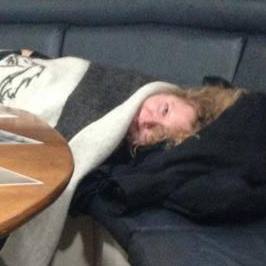 On the Huni 2 in the Arctic Circle above Iceland, by Linda Rós Hentze Ómarsdóttir
On the Huni 2 in the Arctic Circle above Iceland, by Linda Rós Hentze Ómarsdóttir  Tree climb with caterpillar, California, by Noel Ruiz
Tree climb with caterpillar, California, by Noel Ruiz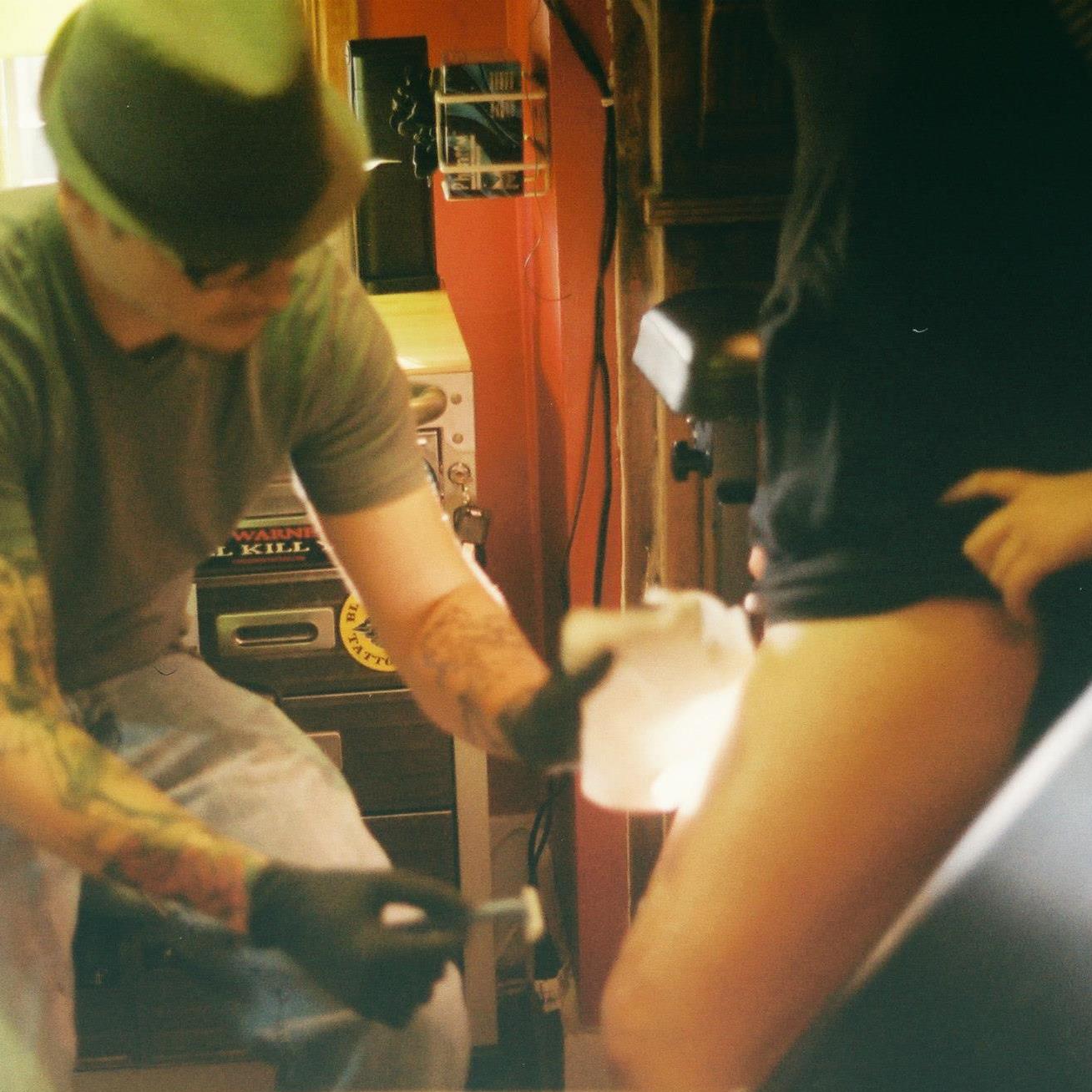 Getting a tattoo in Savannah, by Noel Ruiz
Getting a tattoo in Savannah, by Noel Ruiz Zabriski Point, by KH
Zabriski Point, by KH On the cliffs in Skagastrond, Iceland, by Linda Rós Hentze Ómarsdóttir
On the cliffs in Skagastrond, Iceland, by Linda Rós Hentze Ómarsdóttir Art making, Myall Lakes National Park, by Chi Chi Menendez
Art making, Myall Lakes National Park, by Chi Chi MenendezMarlaina Read is a settler Australian artist of German, Baltic and Scottish descent.
![]() On top of a snow dune, Skagastrond, Iceland with Melissa Fisher, by Yogan Muller
On top of a snow dune, Skagastrond, Iceland with Melissa Fisher, by Yogan Muller
![]() In montreal, by Magdalena Olszanowski
In montreal, by Magdalena Olszanowski
![]() Self portrait at 6 Day Tce Croydon which was torn down to widen South Road
Self portrait at 6 Day Tce Croydon which was torn down to widen South Road
![]() Exploring sandstone rock formations, southern California (featuring shadows of Noel and Shannon), by Noel Ruiz
Exploring sandstone rock formations, southern California (featuring shadows of Noel and Shannon), by Noel Ruiz
![]() Cupertino, by Noel Ruiz
Cupertino, by Noel Ruiz
![]() With Luke Malone in Brooklyn, by Frances Shaw
With Luke Malone in Brooklyn, by Frances Shaw
![]() Self portrait in Newtown, Australia
Self portrait in Newtown, Australia
![]() Cupertino, by Noel Ruiz
Cupertino, by Noel Ruiz
![]()
In a smoke stack, Skagastrond, Iceland, by Linda Rós Hentze Ómarsdóttir
 On top of a snow dune, Skagastrond, Iceland with Melissa Fisher, by Yogan Muller
On top of a snow dune, Skagastrond, Iceland with Melissa Fisher, by Yogan Muller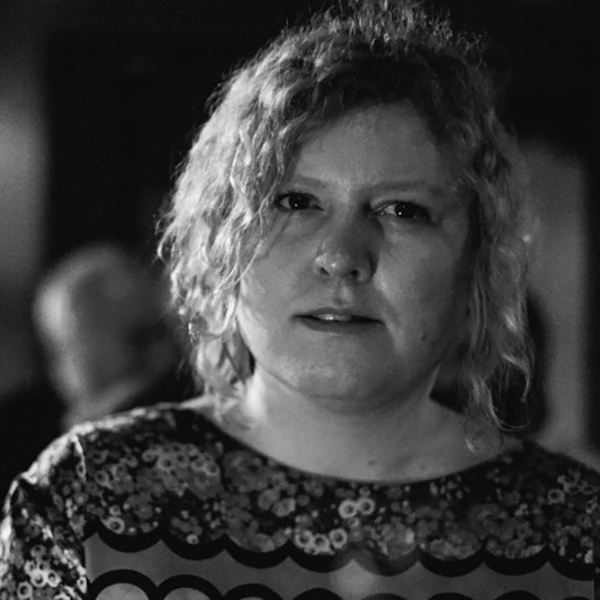 In montreal, by Magdalena Olszanowski
In montreal, by Magdalena Olszanowski Self portrait at 6 Day Tce Croydon which was torn down to widen South Road
Self portrait at 6 Day Tce Croydon which was torn down to widen South Road Exploring sandstone rock formations, southern California (featuring shadows of Noel and Shannon), by Noel Ruiz
Exploring sandstone rock formations, southern California (featuring shadows of Noel and Shannon), by Noel Ruiz Cupertino, by Noel Ruiz
Cupertino, by Noel Ruiz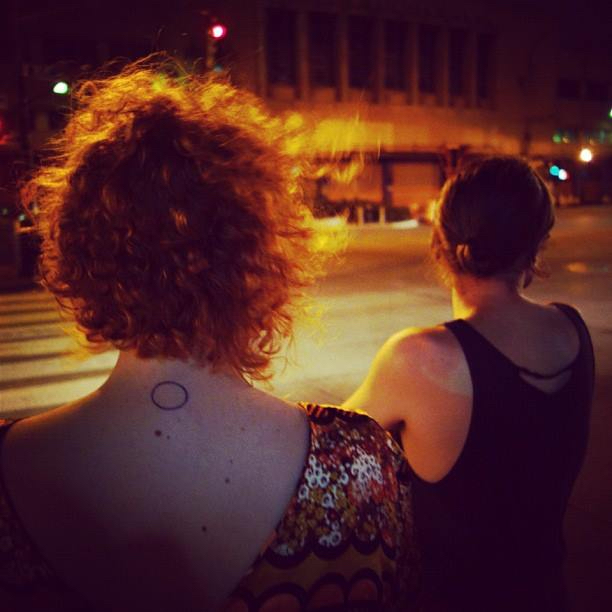 With Luke Malone in Brooklyn, by Frances Shaw
With Luke Malone in Brooklyn, by Frances Shaw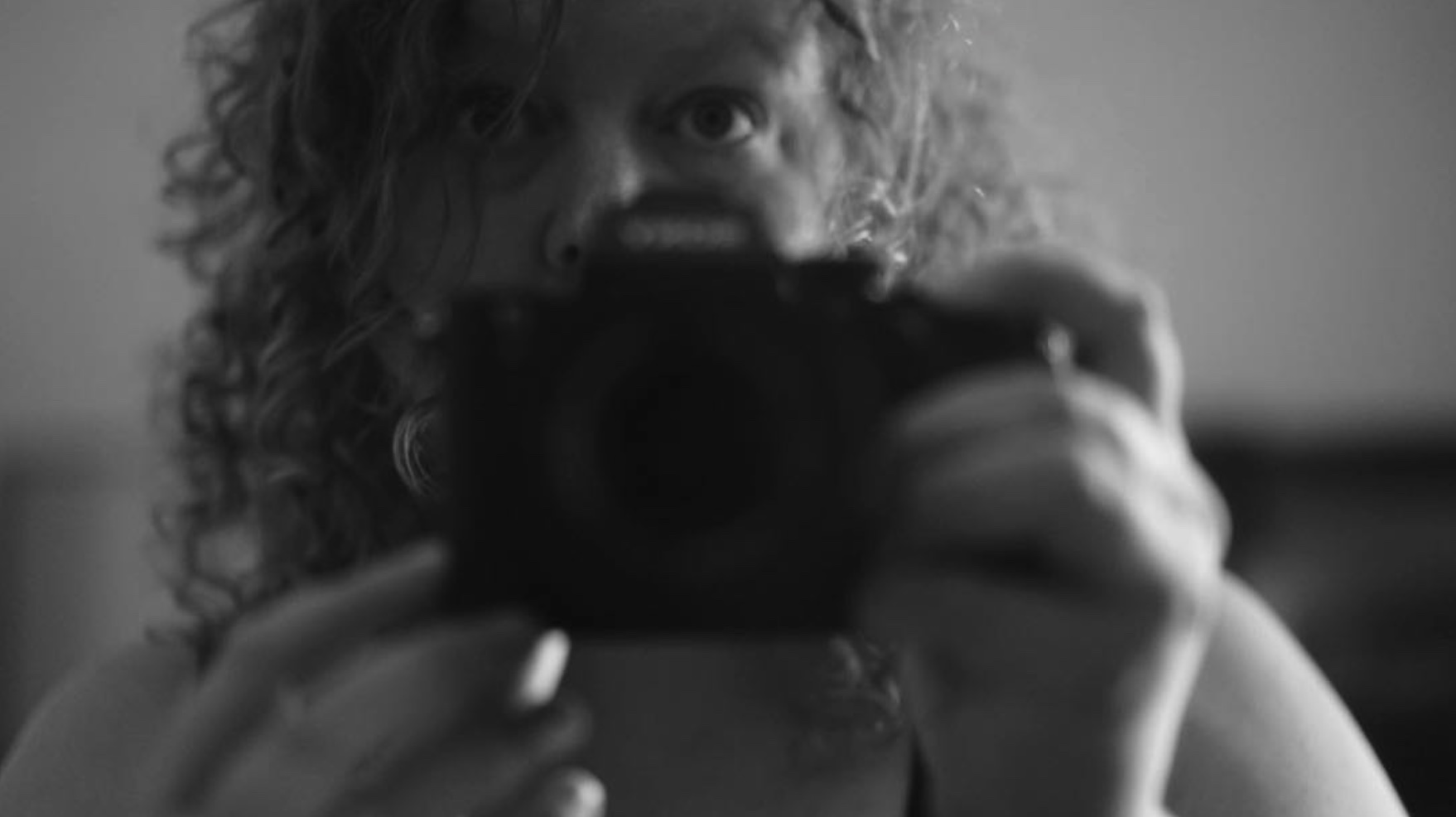 Self portrait in Newtown, Australia
Self portrait in Newtown, Australia Cupertino, by Noel Ruiz
Cupertino, by Noel Ruiz

In a smoke stack, Skagastrond, Iceland, by Linda Rós Hentze Ómarsdóttir
What drives and inspires me
My main interests area are twofold:
The seal-woman hybrid / marrying a seal
I am interested in the mythopoesis of the seal-woman hybrid – one mediated through technology – and informed by eco-feminist and post-humanist ideas, such as situated knowledge and ecological care.Myths of the selkies in Scotland and the Inuit goddess ᓴᓐᓇ or Sedna, as well as histories of hunting seals as resource extraction, all have an element of harm in their stories. Selkies have their seal skin stolen, so the woman selkie is trapped on land in an abusive relationship. In many retellings Sedna has her fingers chopped off and is cast into the ocean by her father.
But what if the seal gets to keep her skin? And can we care for/understand seals, without seeing them in their natural home? How can we use technologically mediated mythbuilding (such as GENAI) and traditional art practices to explore all this?
In addition I am fascinated by instances of people and communities marrying the sea, their motivations and histories of resistance, and cultural entwinement with the land and sea.
Poland's Wedding to the Sea
Venice’s Marriage of the Sea ceremony
Myths after all are stories we tell ourselves to understand the world, and myths are always changing, as we and the environment around us also changes.
Women fishermen
Particularly women fishers working in small boat fishing communities in Scotland and Iceland. How do women fishers create, understand, and talk about their ecological knowledge? This encompasses ocean histories, human-animal relationships, emotions, mythologies of the human-animal hybrid, and labour practices. Some thoughts on technology, positioning and ecology
My work is grounded in my identity as a female Australian settler of northern European descent. I am conscious of continually working to understand and address how my work operates within a colonial context. I seek to reduce and resist ongoing harms, and listen to and uplift others doing the same or who are directly harmed by these practices.As climate change is one of the most pressing issue to face us globally, research on oceans, animals, and new ways to 'become-with' our unique ecology could help people (and myself) think and approach such ecosystems differently. Especially in an affective and ethical context, which is a powerful tool to make community, connection and change behaviour.
I am interested in using different technologies and pushing/pulling how they can work together. Working within that complexity and ethical framework can lead to novel ideas - as a solo artist and in collaboration.
I have been using the internet since 1992. I’ve was interviewed on Beyond 2000 in 1995 at age 14. My early www art and web making has been the subject of two theses including Magda Olszanowski’s, girl.is.a.four.letter.word The Collective Practices of Amateur Self-Imag(in)ing and Personal Website Production 1996 to 2001.
Broadly, I am part of a community of practice in feminist internet art practice. This work is a next step in continuing my interest in tech cultures.
Wider practice
My wider practice uses immersive and ephemeral site-specific installation, textiles, photography, sound and film to explore ecologies, place-marking, labour, and ritual. I am particularly drawn to areas bounded, cut through or given meaning by water.Broadly, I situate myself in a community of practice that looks at empathy in human-animal relationships, feminist methodologies, strange ecologies, and ocean imaginaries - 'fish philosophy' after Métis practice-led artist-researcher Dr Zoe Todd.
I did my undergraduate study at the University of Sydney and the Berlin University of the Arts, and my MFA at University of New South Wales. I started a PhD at RMIT University - but that is on hold due to health.
I’ve undertaken residencies at Nida Art Colony (Lithuania), Mustarinda (Findland), Arscape Gibralter Point (Canada) and NES (Iceland). I am a Blake and Hazelhurst Art on Paper awards finalist. I have exhibited widely in Australia and overseas including NAC Galleries (Lithuania), Banff Centre (Canada), RMIT Galleries (Melbourne), Carriageworks, Chalk Horse, Firstdraft, and Casula Powerhouse (Sydney).
Here’s a CV (PDF)
Member of
Association for the Study of Literature, Environment and Culture (ANZ)Arts Territory Exchange
AEGIS Research Network
Connect
Get in touch anytime at marlainaread@gmail.comOnmyshore - A blog
︎ ︎
Some ephemera
Terrains of Hesitation - MFA thesisAnd I still miss you issue 01
Too young too light to work catalogue
Song of sibyls catalogue
Chora Carriageworks catalogue